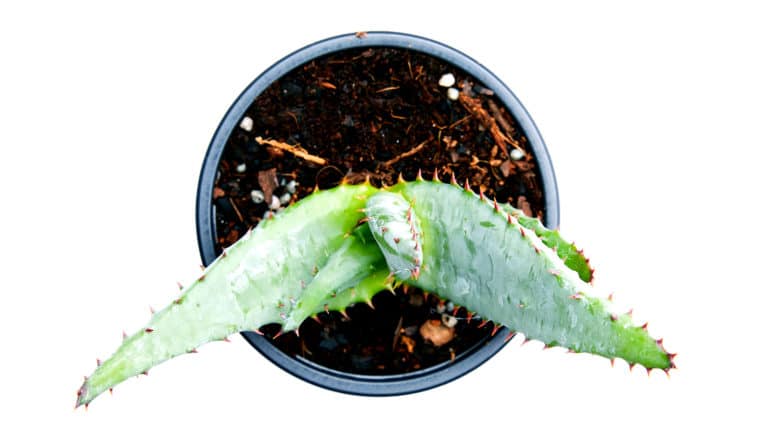
The aloe plant’s ability to survive extended periods of drought could contribute to more resilient crops.
“Our results tie changes in carbohydrate composition with the aloe plant’s ability to manage extended periods of drought. It is highly relevant that we understand the physiological mechanisms that allow certain plants to survive under extreme conditions, due to climate change and the potential for severe climatic fluctuations,” says plant biologist Louise Isager Ahl of the Natural History Museum of Denmark.
The majority of succulents can survive in areas susceptible to shorter or extended periods of drought. This ability has made succulents popular as houseplants. Aloe vera, along with other aloe species, have a special tissue in the middle of their leaves known as the hydrenchyma. This tissue has a well-developed ability to control water content in leaves.
To resist drought, succulents fold their cell walls together during dehydration and unfold them again as water becomes available. The unique composition of carbohydrates in the cell walls and within the cells of the hydrenchyma is partly responsible for these plants’ ability to regulate and retain water. It is a trait that may be transferable to other plants.
“I can imagine that by identifying and understanding the genetic mechanisms allowing aloe species to fold and unfold their cell walls, we will be able to integrate similar mechanisms into crops to make them more resilient to climate change,” says Ahl.
A German botanist made the first descriptions of succulent plant species with folded cell walls at the end of the 19th century. Another German botanist pursued the topic at the beginning of the 20th century. Since then, few researchers have delved into the underlying mechanisms behind cell wall folding.
Ahl and Jozef Mravec, assistant professor in the plant and environmental sciences department at the University of Copenhagen, wondered if there might be a correlation between the changes they observed in carbohydrate composition and the folding of cell walls. They then began studying the composition of carbohydrates in aloe plants, both before and after droughts.
Their findings appear in the journal Plant, Cell and Environment. Additional coauthors are from the Natural History Museum of Denmark, the University of Copenhagen, and Royal Botanic Gardens, Kew.
Source: University of Copenhagen
The post Aloe has a trick that thirsty crops could use appeared first on Futurity.
from Futurity https://ift.tt/2YN0ThE
No comments:
Post a Comment